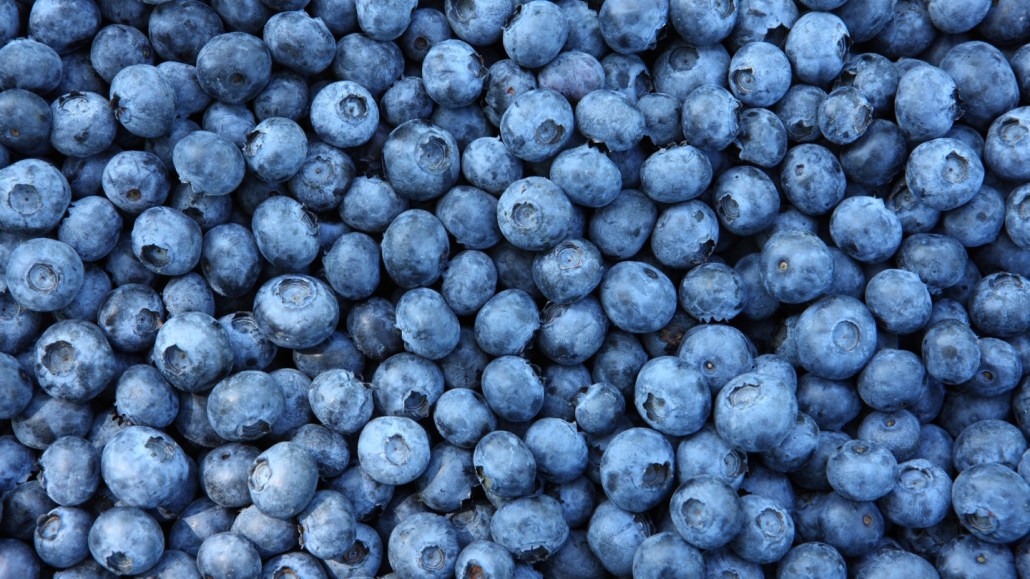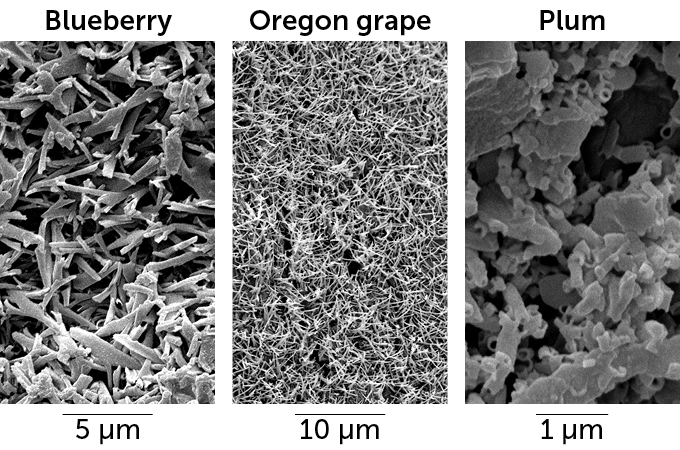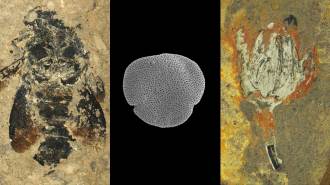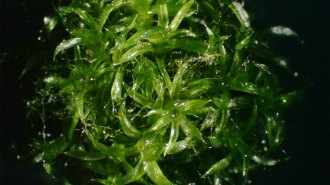Here’s why blueberries are blue
Nanostructures in the berries' waxy coating make them appear blue, despite dark red pigments in the skin

Nanostructures in a blueberry’s waxy coating reflect blue and ultraviolet light, giving blueberries their characteristic color, a study shows.
Daniel Hurst Photography/Moment/Getty Images







